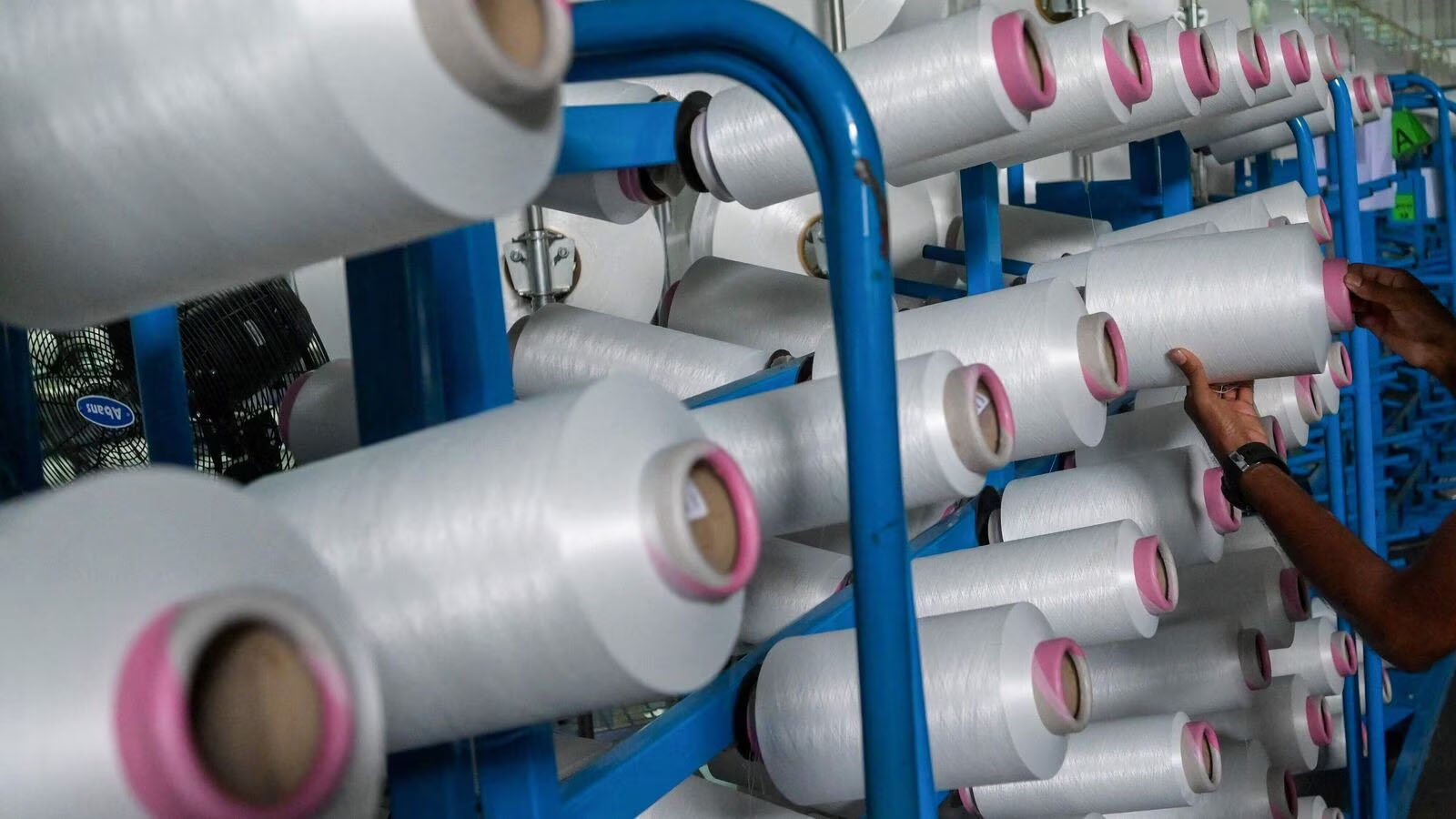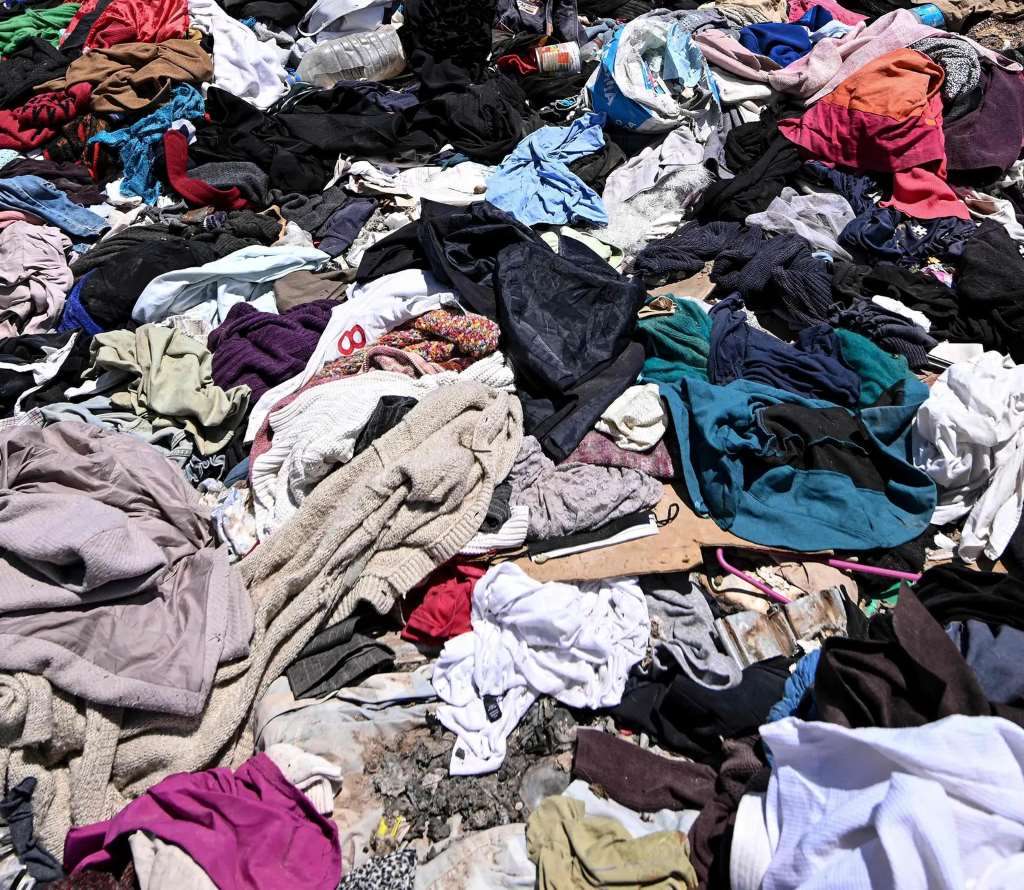
India, the world's largest cotton producer, has witnessed a rollercoaster ride in its cotton yarn exports in recent years. There has been a significant shift in its cotton yarn export scenario between FY23 and the current fiscal year (FY24).
Shifting fortunes
According to the Cotton Textiles Export Promotion Council (Texprocil), India's cotton yarn exports for FY23 (up to January 2024) reached a value of $2.75 billion, a concerning decline compared to previous years. However, industry experts like Sanjay Jayavarthanan, Chairman of The South India Mills' Association (SIMA), predict an optimistic turnaround in FY24. They anticipate an 85-90 per cent increase in exports, potentially reaching $5.11 billion. This projected growth signifies a much-needed recovery for the sector.
Strategic shifts and policy impacts
The government is actively promoting a shift in focus from exporting raw cotton to higher-value cotton yarn and fabric. This strategy, emphasized by the Ministry of Textiles, aims to capture a larger share of the global textile market and boost profits. "By adding value through processing and manufacturing, we can generate more revenue and jobs within the country," says Textiles Minister Piyush Goyal. Schemes like the Amended Technology Upgradation Fund Scheme (ATUFS) offer financial assistance to spinning mills for equipment modernization. This investment is expected to improve yarn production efficiency and enhance India's export competitiveness.
However, the impact on cotton farmers remains a mixed bag. The Minimum Support Price (MSP) scheme by the government intends to ensure a fair price for their produce. "The MSP scheme offers some security, but fluctuating international cotton prices can still squeeze our profits,” says, a cotton farmer from Maharashtra.
Destination-wise performance
Despite the overall decline, Bangladesh remains India's top importer of cotton yarn, accounting for over 34 per cent of exports in FY24 (until January 2024). China, previously the leading importer, has seen its purchases decrease due to factors like rising domestic production and a slowdown in its textile industry. However, recent trends suggest a potential increase in Chinese demand in FY24. This shift necessitates diversification. Countries like Vietnam and Peru have emerged as promising new markets for Indian cotton yarn exports, reducing dependence on traditional markets.
Reasons for gains and losses
Several factors contribute to the volatility in India's cotton yarn exports. Global cotton price fluctuations significantly impact India's export competitiveness. A rise in domestic cotton prices can make Indian yarn less attractive to international buyers. When global cotton prices are high, other countries can offer more competitive rates, explain experts. Demand fluctuations in the global textile industry, particularly in major importing countries, can also lead to a decline in demand for Indian yarn. Additionally, the effectiveness of government initiatives like the Market Access Initiative (MAI) in reducing export costs and increasing competitiveness will be crucial for sustained growth.
The road ahead
India's cotton yarn export sector holds immense potential for growth. By focusing on value addition through processing and garment manufacturing, adopting technological advancements to improve efficiency, and strategically marketing to emerging markets, India can navigate global challenges and reclaim its position as a leading yarn exporter. This requires a collaborative effort from the government, industry leaders, and cotton farmers to ensure a sustainable and competitive future for the sector.












